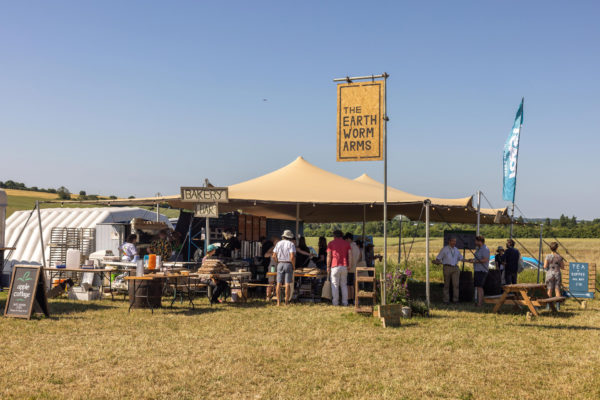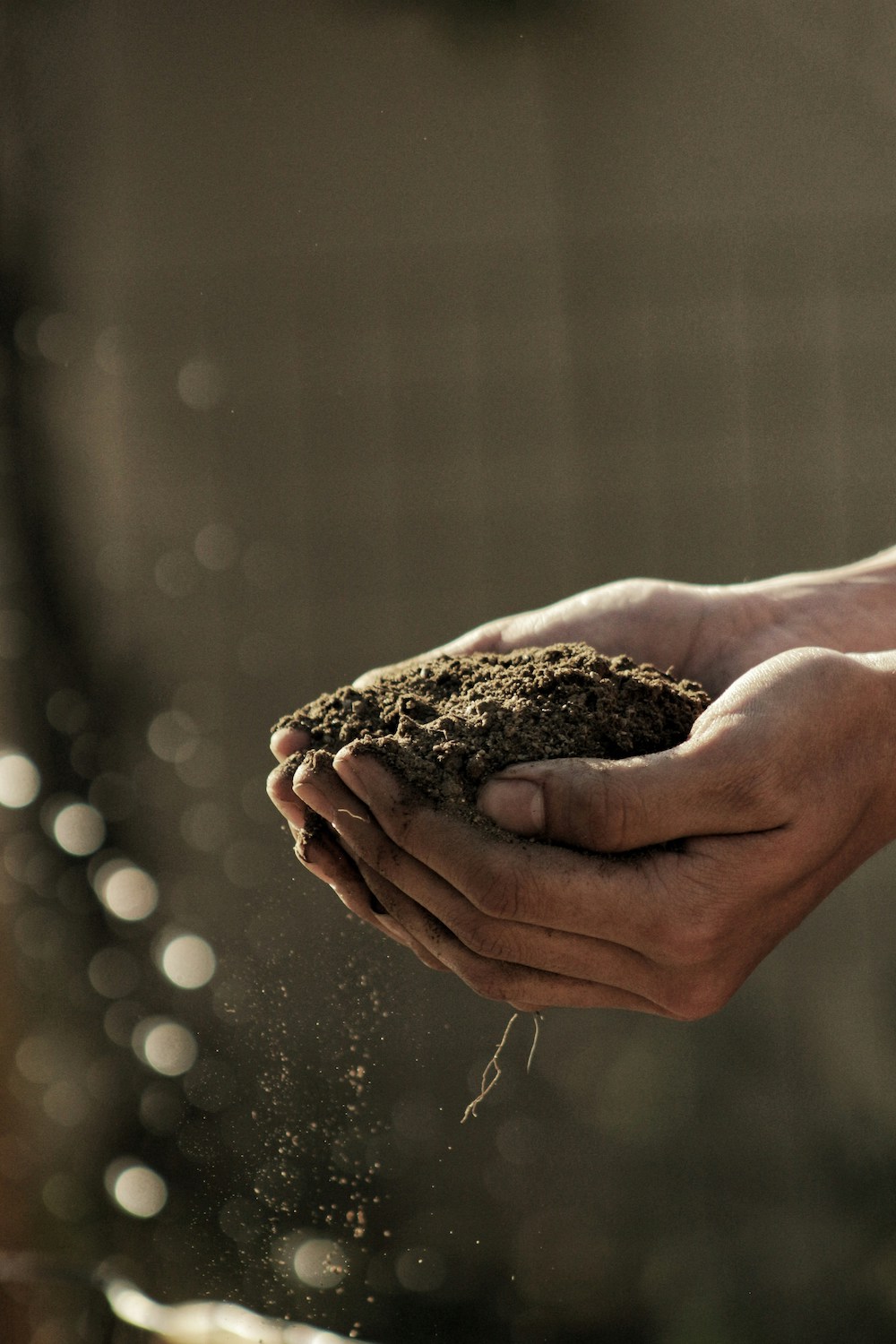
Why Soil is Sexy Now
By
9 months ago
We've got all the dirt
Soil has had a sexy makeover – and everyone – from super models to pop stars – is getting down and dirty in it. But will a fledgling campaign help us all get involved to save our soil and therefore ourselves?
How Soil Became a Hot Topic
Overheard in the cinema recently: ‘It’s so weird that a film with “soil” in the title has sold out.’ These words, uttered by a Picturehouse employee, were caught by the independent film producer Claire Mackenzie at a London screening of her latest production, Six Inches of Soil. The film, which narrates the journey of three new regenerative farmers, has been ‘the most successful documentary Picturehouse has ever put on their environmental screening programme,’ says Mackenzie.
Soil, you see, has become sexy, with even A-listers singing its praises. And it gets a lot sexier than Jeremy Clarkson, who, to his credit, has taken farming and the concept of soil health mainstream thanks to Clarkson’s Farm. The model Gisele Bündchen has been eulogising about soil and its impact on our health in the Netflix documentary Kiss the Ground (central message: saving our soil could save the planet).
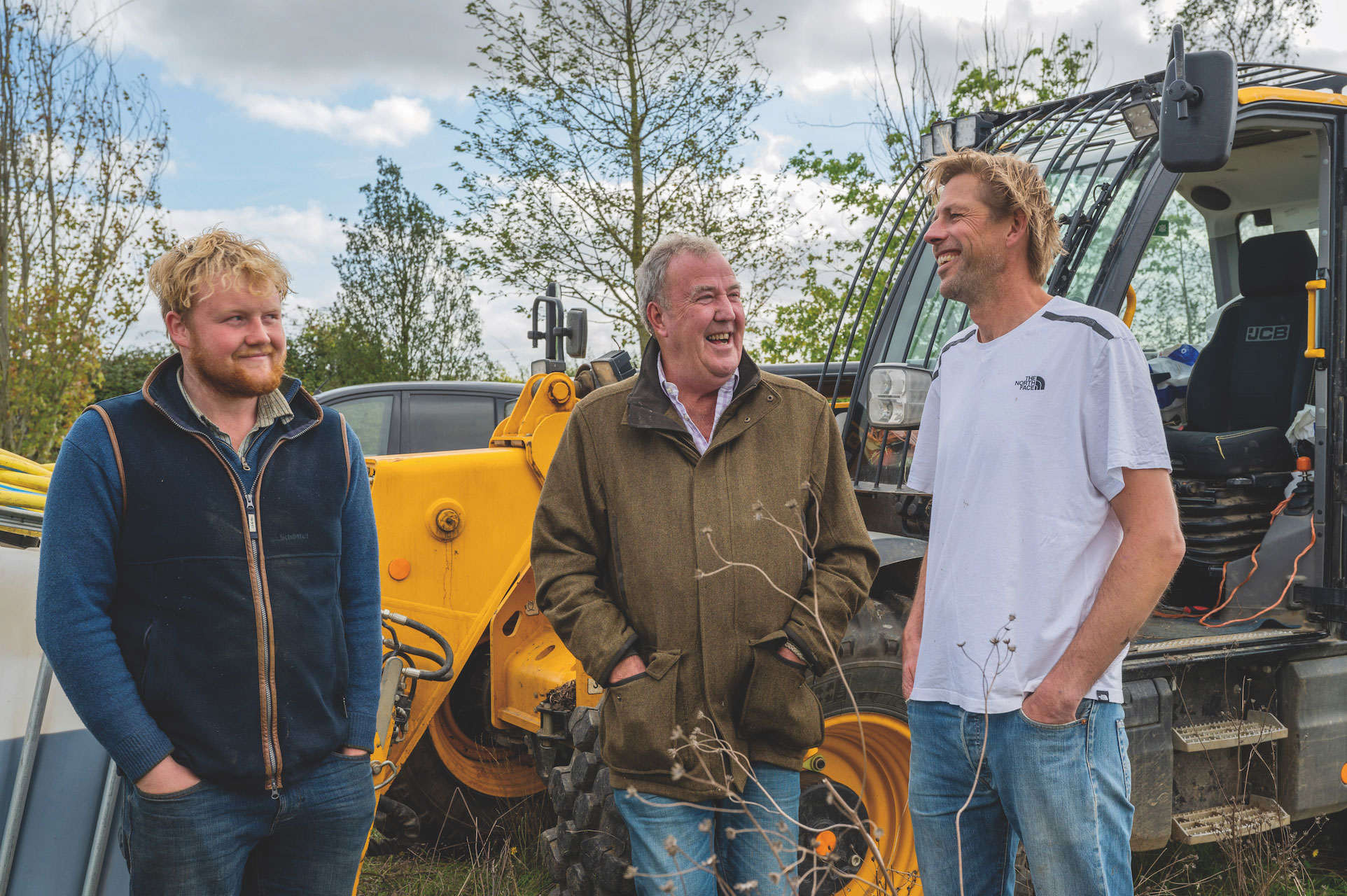
Kaleb Cooper, Jeremy Clarkson and Andy Cato discuss no dig farming on Clarkson’s Farm season three. Image: Prime Video
Meanwhile, the musician Andy Cato has his hands deep in the stuff, having got his Wildfarmed breads and flours – made from regeneratively farmed ingredients – into Waitrose and M&S. Now with 90 farmers in the Wildfarmed network, Cato is on a mission to help others move towards soil-focused farming to make real food for the high street. What’s more, Instagram is full of – wait for it – compost influencers and hashtags such as #sexysoil and #blackgold.
The organic farmer and Soil Association CEO Helen Browning has had a good vantage point from which to observe soil’s recent image overhaul. ‘For a long time, people kept saying to me, “Why don’t you change the name of your association? People think soil is just dirt.” It was felt not to be of interest to your average person.’ Since the start of her tenure at the Soil Association in 2011, Browning has seen the perception of soil go through a ‘really big shift’, from being ‘a bit yucky’ to, well, a topic for ‘long conversations’ with the actor Laura Dern when she was filming Jurassic World Dominion in 2022: ‘She wanted to make soil a bigger part of that story,’ says Browning.
Soil’s transition to star power has taken 10 or so years, Browning says, thanks to farmers recognising that ‘their yields were plateauing because their soils were running out of steam’. And, she adds: ‘There have been some great films that have caught people’s imagination.’
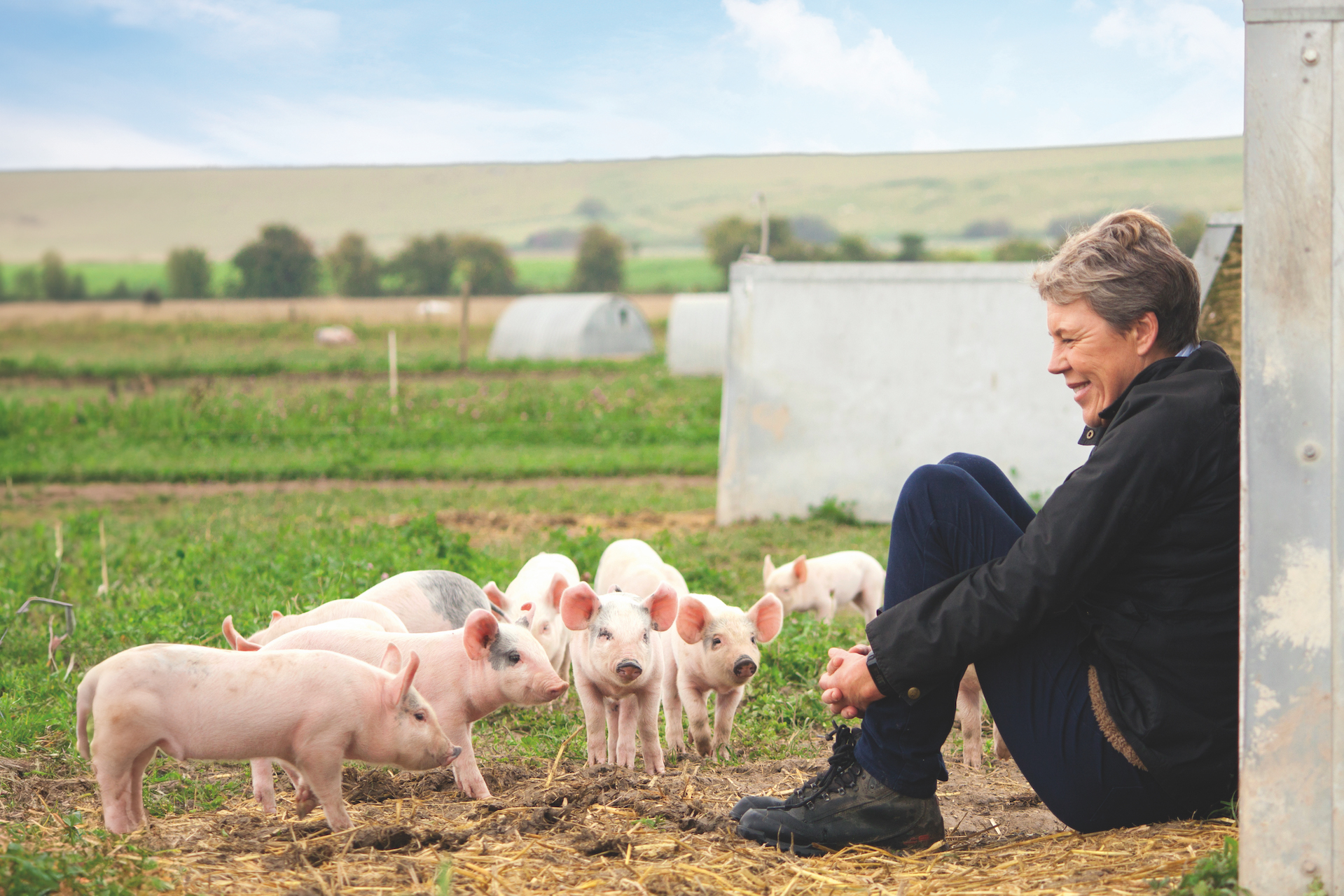
Helen Browning with her pigs on her organic Wiltshire farm. Photo: Afonso Palma
The point is, explains Futurenauts podcaster and environmental advisor Mark Stevenson, that in order to achieve net zero, ‘we have to draw down huge amounts of carbon from the atmosphere. One of the best ways is to bring it back into the soil.’ Vast quantities of carbon, he adds, are lost through industrial farming, depleting microbial life and turning soil into dirt. ‘But the great thing about soil is there’s a lot of it,’ he says, ‘and you can rewire the microbiome and turn it back on again.’ Not only does that draw carbon back into the soil, he explains, ‘it also increases soil fertility, reduces the need for fertilisers, pesticides and irrigation, and increases yield. It makes perfect sense long-term.’
It’s why Stevenson is cooking up a new campaign, No Dig for Britain (working title), encouraging gardeners everywhere not to till their land. He expects it to make a significant difference – British gardens, he explains, comprise one of the biggest chunks of private land in the country (according to the Wildlife Gardening Forum, that’s about 4,330 square kilometres). And, ‘as soon as you disturb the soil,’ he adds, ‘carbon is released. Not digging is a way of trying to keep it there.’ Carbon, he explains, will bond with anything – including oxygen when exposed to air: ‘It is the slut of the periodic table.’ You see – sexy!
Stevenson’s movement is about harnessing citizen power and capturing the potential of regenerative gardening – ie, applying the same principles that regenerative farmers such as Cato use on their land. Regenerative farming – whereby farmers work to improve soil quality by reducing tilling, using fewer pesticides and synthetic fertilisers, increasing biodiversity, planting soil-protecting cover crops, rotating the grazing locations, etc – not only draws down carbon, but also creates a nutrient-rich soil. Those benefits are passed on to the produce – and your gut.
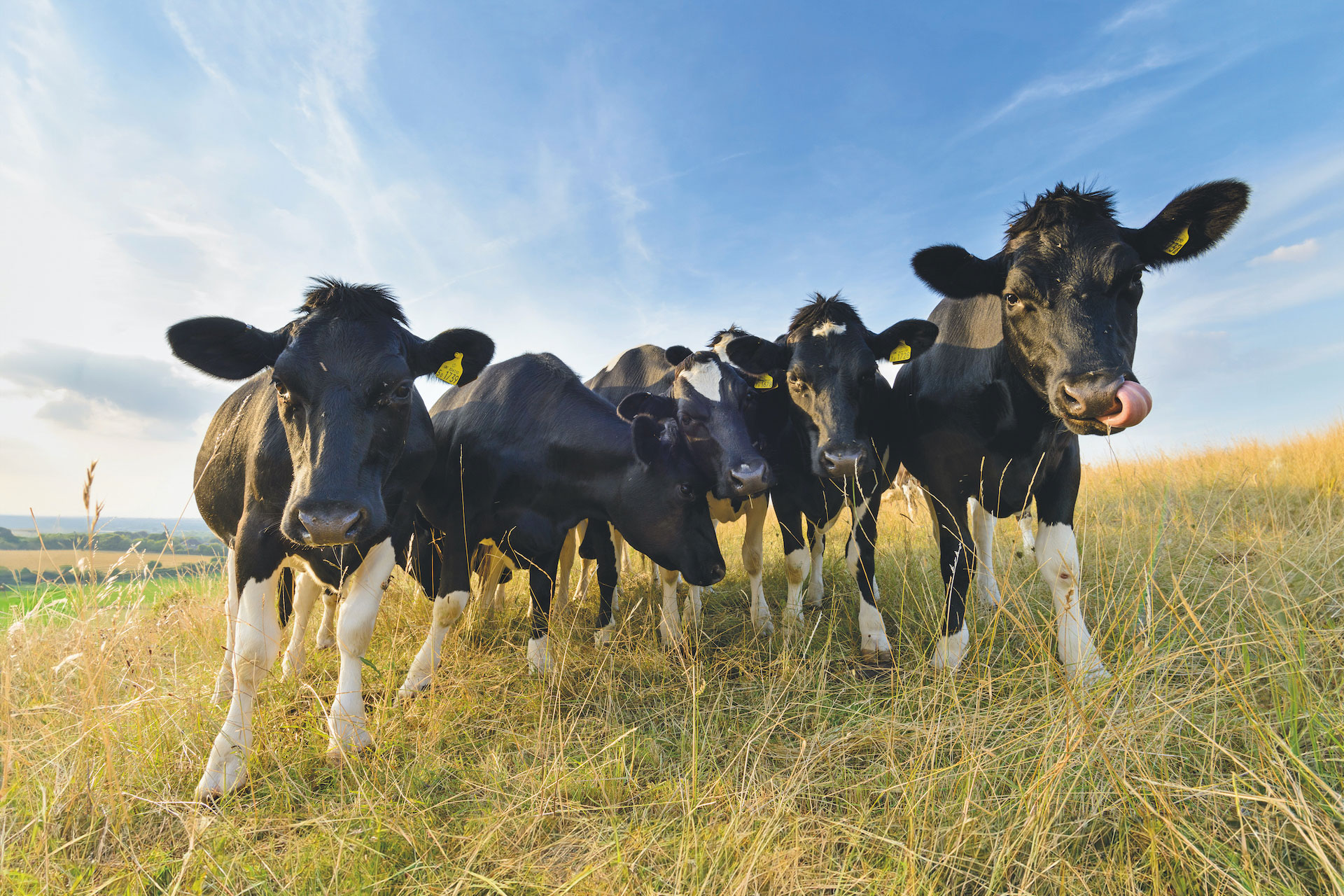
Waitrose plans to source lots of its fresh produce from regenerative farms by 2035
Choosing what food you buy will make a big difference to our soil health. Waitrose recently announced that, by 2035, it will source UK meat, milk, eggs, fruit and vegetables from farms using regenerative practices. Until that time, and with many supermarkets driving prices down (sometimes below that of production), why not buy direct from regenerative farmers? Six Inches of Soil’s ‘Dig Deeper’ section on its website lists some great food directories, including Regenerative Farmers of UK, Big Barn for local food suppliers, Pasture for Life farms, and the Nature Friendly Farmers Network.
It’s worth noting that most farmers don’t view organic or regenerative as better or worse than each other. Browning sees regenerative farming as a ‘pathway’ to organic: ‘Regenerative farming doesn’t feel like such a big chasm to cross.’ But there’s also ‘much innovation that organic farmers can learn from the regenerative space,’ she adds – such as direct-drilling cereal crops into clover leys, tall-grass grazing and ‘mobstocking’ (intensive, temporary grazing). ‘I think organic and regenerative farming can work together,’ she says. There’s also the growing movement in biodynamic farming, which Arizona Muse’s DIRT Charity supports through fundraising.
And there are other ways we can all contribute to soil health. ‘You can use these techniques at a garden level,’ says Browning; for example, ‘planting a big variety [of plants], creating pollinator strips, putting your food compost back into the soil.’ Browning has turned most of her garden into ‘a mini agroforest’, she says. ‘Almost like an arboretum, where we’re growing fruits and nuts.’
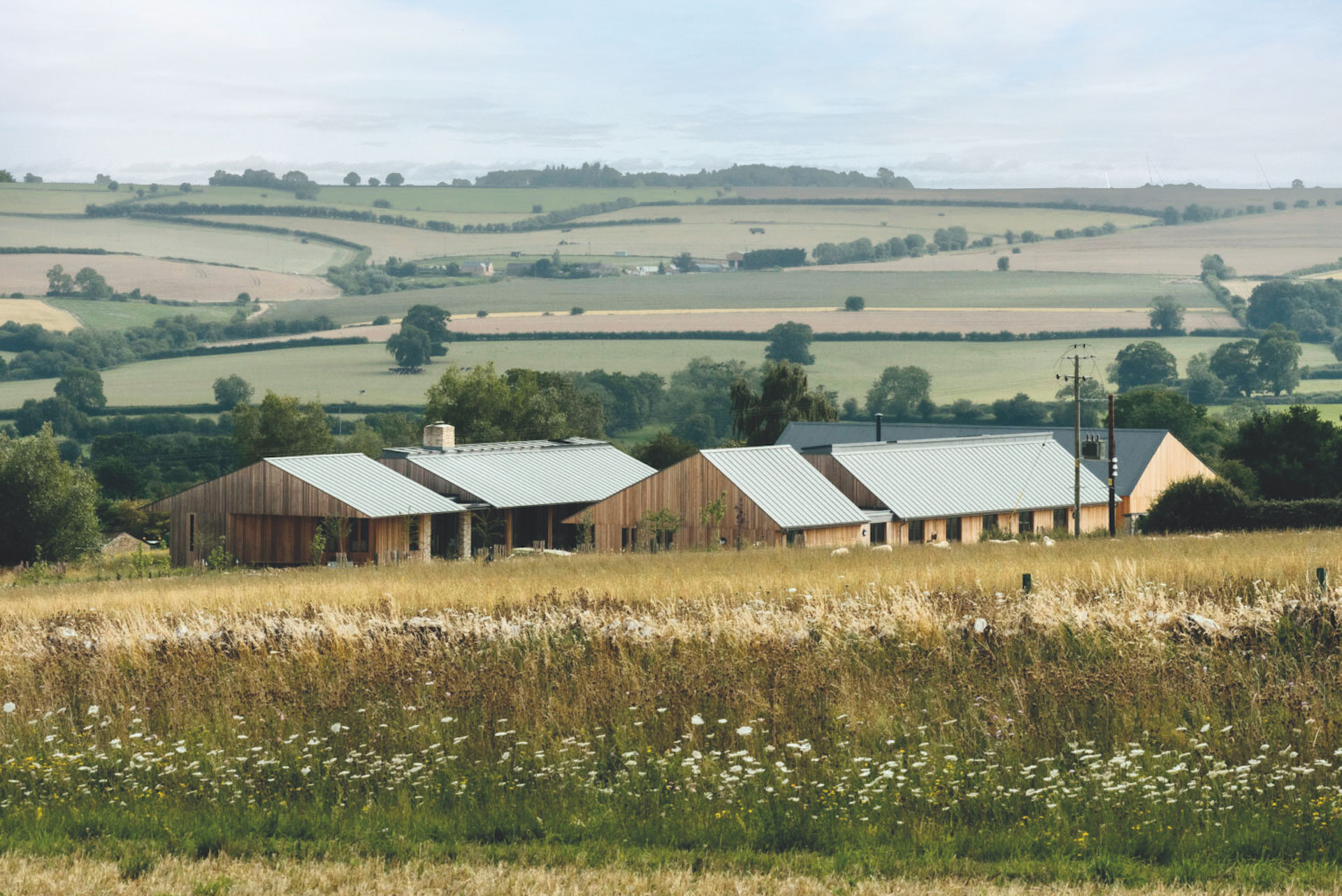
FarmED, a regenerative demonstration farm in the Cotswolds
Personally, I will be taking a ‘minibeast safari’ and ‘weed walk’ at FarmED in the Cotswolds, a new centre for farming and food education, where I’ll get to learn how to boost my garden’s biodiversity. As Britain’s first regenerative demonstration farm, it offers a host of workshops, all with the aim of sharing skills and successes. FarmED doesn’t offer any online courses, because, explains Kate Henderson, agricultural lead, ‘We want to bring people together in the same room so that there is peer-to-peer knowledge transfer.’ And I’ll be visiting Waltham Place in Berkshire, a gorgeous 220-acre organic and biodynamic farm and garden with lots to do – plus a wonderful farm shop in which to stock up on biodynamic produce.
If you don’t have your own patch of soil, consider joining a community garden, where local people work together to grow anything from tiny wildlife gardens to large city farms, all taking home a share of the harvest (goodtogrowuk.org). Or, says Henderson: ‘Just get outdoors. If you can connect with nature, you’ll end up wanting to care about it.’ Go on, dig in and get filthy.





